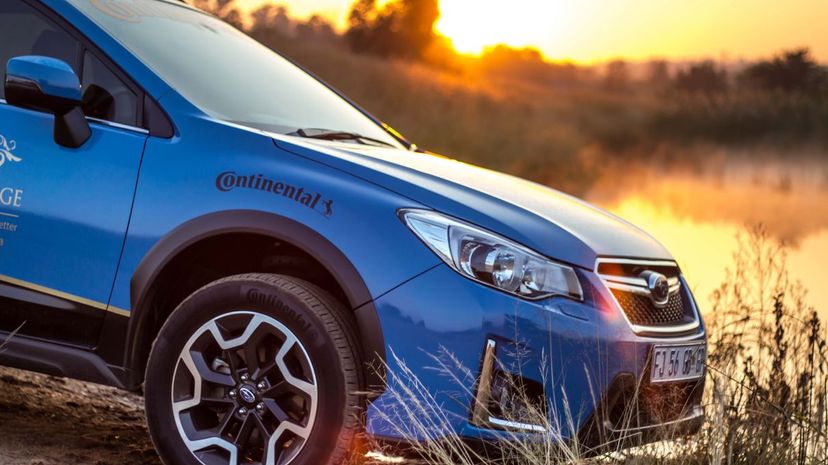
About This Quiz
There are car owners, and then there are those who drive Subarus. The "Subies" are a breed apart when it comes to their love of their vehicles — it's no accident that the word "love" figures prominently into the company's most famous tagline — and they are not afraid to let the world know. But how much do you know about this Japanese brand that first hit American shores in the late 1960s? This quiz will test your knowledge of Subaru's history, vehicles and some frankly surprising facts about the company.
When safety and reliability ratings come out each year, Subaru vehicles have been either at or near the top for more than a decade. While the company struggled a bit in the 1980s and 1990s, they have inarguably hit their stride in the last few years. The company's vehicles, known for their reliability, are regularly listed as some of the best values in the industry for consumers. While some of their vehicles are made for city driving and family-friendly activities, there are other models lurking in the inventory that were made to run — sometimes faster than the law will allow.
What's your Subaru IQ? This quiz is designed to separate the Subies from the rest of the pack. It's time to put your name in the stars and show us that you can race with the Scooby pack!
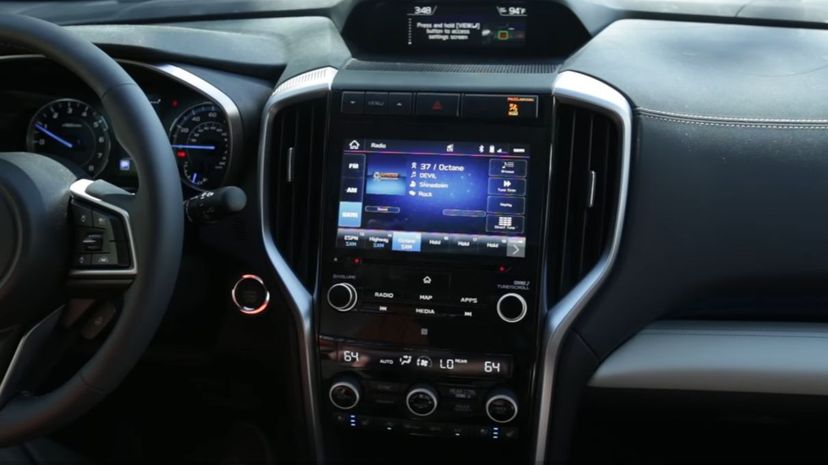
STARLINK is the system used in modern Subaru vehicles to connect smartphones, aid in navigation and provide notification in the event of a collision, among other things. The in-dash screen allows the driver to use their smartphone in a distraction-reduced manner.

In 2019, the Subaru WRX claimed the "honor" of being the No. 1 car in the United States for the collection of speeding tickets. Drivers of this vehicle, in fact, received tickets at a rate 60% higher than the national average. An estimated 20.12% of WRX drivers, in fact, have received speeding tickets at some time in their lives!
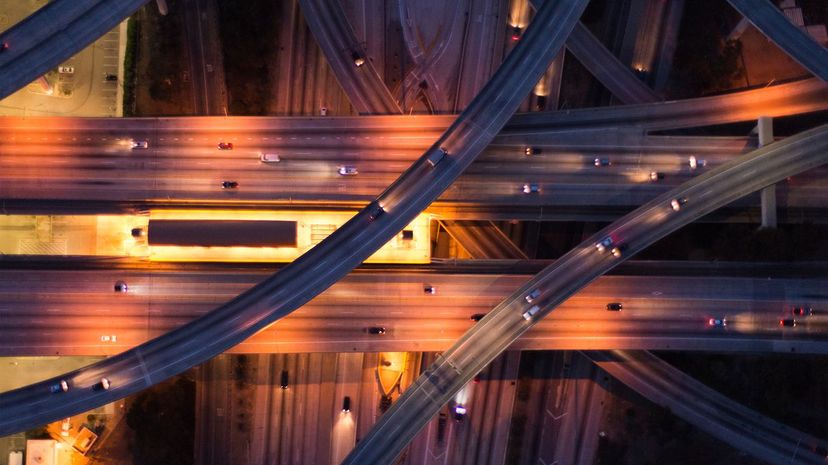
One of the things fans love about their Subarus is that the cars are reliable and have a long lifespan. As of 2014, Subaru estimated that 96% of its cars made in the past 12 years were still on the roads. Part of this longevity, experts believe, is because of the engine used and its placement within the vehicle; this type of engine has less vibration and helps the vehicle run more smoothly.
Advertisement
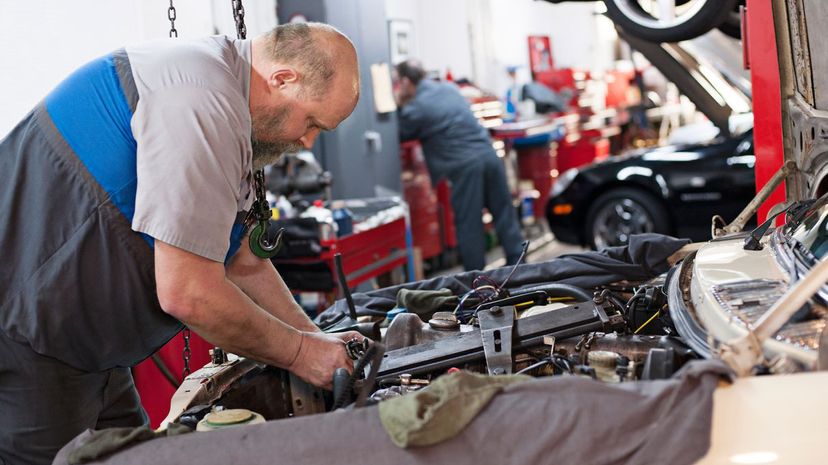
Subaru only uses flat engines, specifically, engines built in the "boxer" configuration. In this style, the pistons are arranged horizontally on either side of the crankshaft — it can be considered as a 180-degree "V" engine. As a result, the vehicle has a lower center of gravity and can send energy more efficiently to the transmission.

In 2005, General Motors sold its 20% stake in Fuji Heavy Industries, then the parent company of Subaru. (FHI was renamed the Subaru Corporation in 2017.) Back in 2005, Toyota bought enough shares from GM to equal an 8.7% stake in the company, making it the largest shareholder. As of 2020, Toyota owns about one-fifth of Subaru.
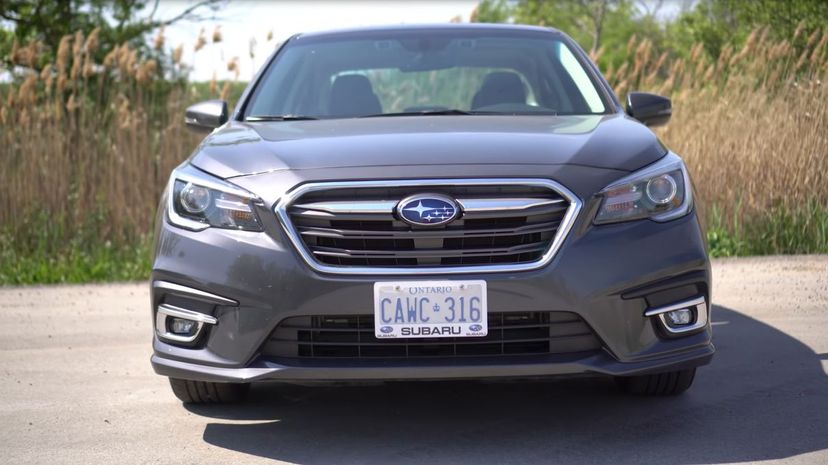
The midsize Subaru Legacy was introduced in 1989 and is still being produced today. Now in its seventh generation, the Legacy offers all-wheel drive as standard — rare for its class — and a 2.4-liter turbocharged flat-four engine.
Advertisement
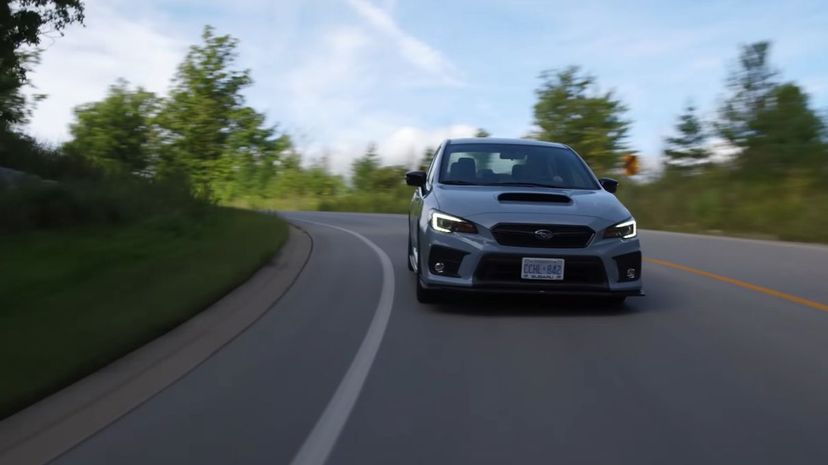
The Subaru WRX (World Rally eXperimental) is a member of the Impreza family and first hit the street in 1992. This performance variant uses technology developed for rally races, which includes engine and suspension modifications, as well as all-wheel drive. The Impreza and the WRX variant are currently in their fifth generation.

In 2019, seven Subaru models were listed in the top category of the Insurance Institute for Highway Safety's Top Safety Picks for 2019 list. The only Subaru not to make the list was the Forester, because of its headlights; it was listed in the second group.
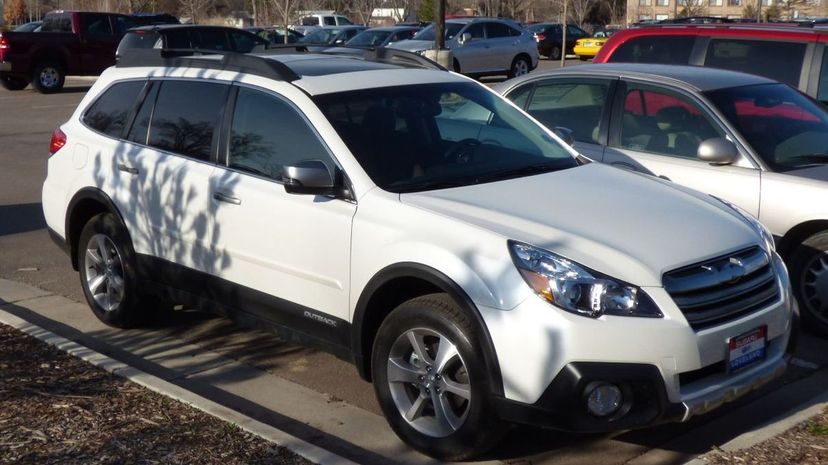
The Outback station wagon is based on the Subaru Legacy, and was first introduced in 1994. The model is still being produced, with the sixth generation hitting the road in 2020. The name was also used for a hatchback vehicle that was based on the Impreza and was also released in 1994. Production stopped on this vehicle, the Outback Sport, in 2011.
Advertisement
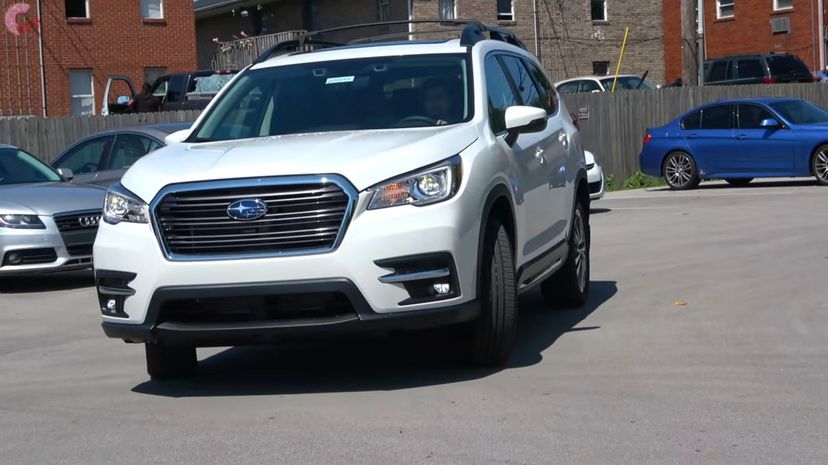
The Subaru Ascent is a mid-size crossover SUV and, as of the 2020 model, also the largest vehicle in the company's inventory. The Ascent, able to seat up to eight people, first hit the market in model year 2019. The Ascent replaced the Tribeca in the company's lineup.

The company's tagline, “Love. It's What Makes a Subaru a Subaru," was developed by the Carmichael Lynch ad agency, which started working with the automaker in 2007. While past efforts sold attributes such as safety and dependability, the ad agency saw that owners used the word "love" often when describing their feelings about their vehicle.
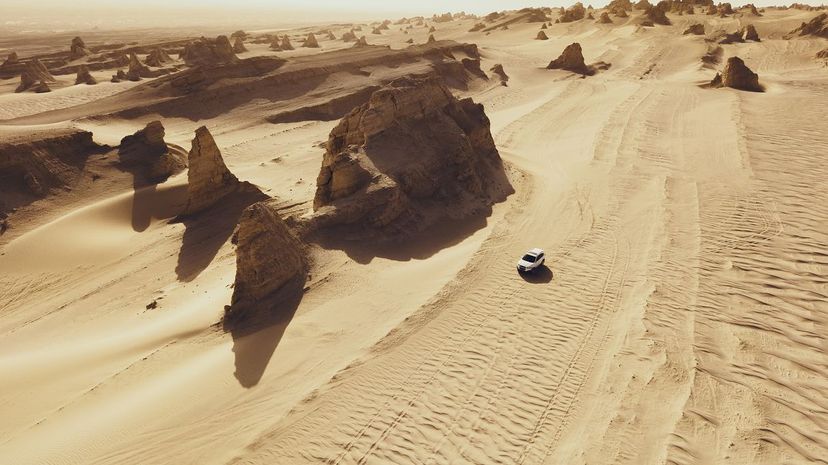
Subaru first used Symmetrical All-Wheel Drive (SAWD) in 1972 for the station wagon model of the Leone. With this drivetrain, the engine and transmission are balanced over the center of the vehicle, which provides a lower center of gravity, plus better stability and weight distribution.
Advertisement

Subaru has long been connected to the rally racing scene, with its vehicles winning multiple World Rally Championships. The brand also won 12 Overall Rally America Championships between 2005 and 2018. Its traditional blue and yellow color scheme is respected — and a little feared — on the rally tracks.
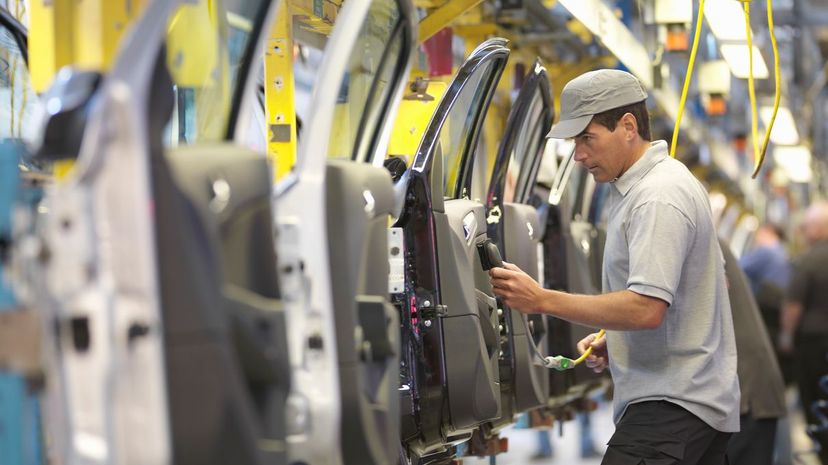
Since 2004, the Subaru of Indiana plant in Lafayette, Indiana, has sent no waste from the manufacturing process into landfills; that waste is either recycled or turned into energy. This is the first automotive manufacturing plant ever to achieve this status.
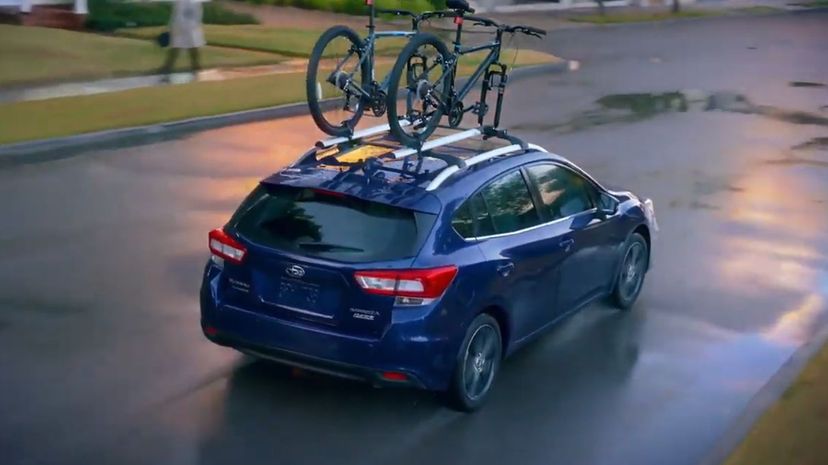
Citing the value of its vehicles' features for the purchase price and its vehicles' long-term value, Kelley Blue Book gave Subaru the "5-Year Cost to Own" award in 2019. Lexus won the "Best Luxury Brand" for that award in 2019.
Advertisement
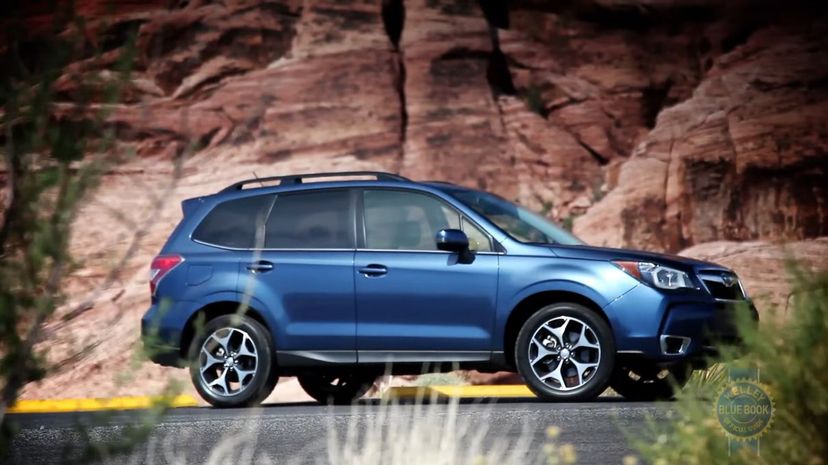
Introduced in 1997, the Subaru Forester has been one of the brand's best-selling vehicles — the two millionth Forester sold in 2019. The compact crossover SUV is currently in its fifth generation and has won numerous awards over its production run.

"Subaru" is the name in Japanese of the Pleiades star cluster, also known as the Seven Sisters, located in the Taurus constellation. The word "Subaru" also means "unite" in Japanese, reflecting the origins of the company, which was created as the result of mergers.

The first Subaru vehicle was the Subaru 1500, made in 1954. Equipped with a 1.5-liter Peugeot engine, only 20 1500s were produced. Until 2012, this was also Subaru's only front-engine, rear-drive vehicle. The 1500 was followed by the Subaru 1000.
Advertisement
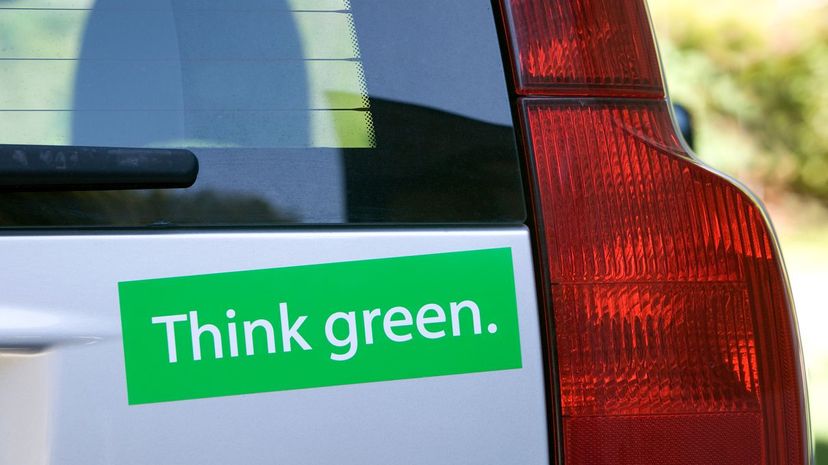
For whatever reason, Subaru owners seem to enjoy adorning their vehicles with various stickers — bumper stickers, window decals and more — to personalize the driving experience. The company has actually leaned into this phenomenon, starting their own "Badge of Ownership" program. They offer stickers with loyalty numbers (the number of Subaru vehicles the driver has owned) and various "lifestyle icons."
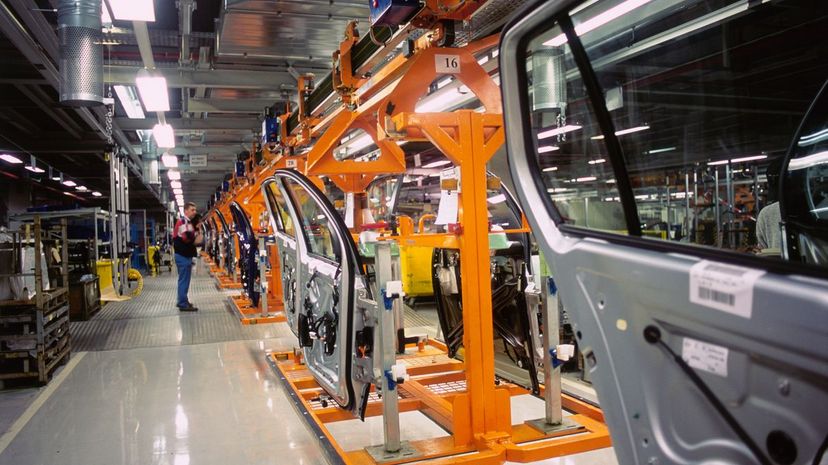
In 2011, Subaru and the Japanese anime studio Gainax worked together to produce a four-part online series called "Hōkago no Pleiades," which translates in English as "Wish Upon the Pleiades." The series focused on a young witch named Subaru and her friends. The web series went on to become a 12-episode television series in 2015.
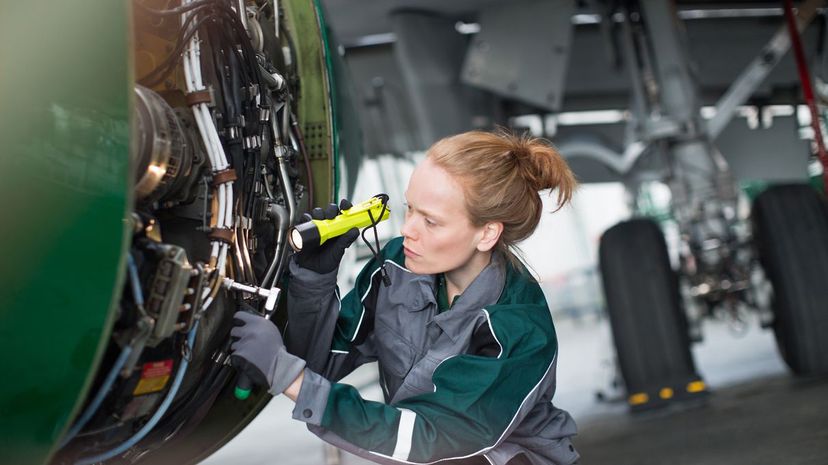
In addition to making consumer passenger vehicles, Subaru is also a defense contractor for Japan, producing helicopters and aircraft developed by Boeing and Lockheed Martin. Subaru has made, among other craft, the Subaru-Bell UH-1 Iroquois helicopter, the Fuji TACOM UAV and the Fuji T-1 jet trainer.
Advertisement

The Subaru 360, actually advertised as "cheap and ugly," was the first of the brand's vehicles to be exported to the United States. In 1968, about 10,000 of the two-door "city" cars were shipped to the U.S., priced at $1,297.

The Subaru Justy was developed in 1984 in Japan as a slightly larger alternative to the Rex kei (city) car. The vehicle made its way to the North American and European markets three years later. The model was available in the American market until 1994, in Canada until 1995 and in other markets until 2010. The nameplate was brought back in 2016 and is still in production.
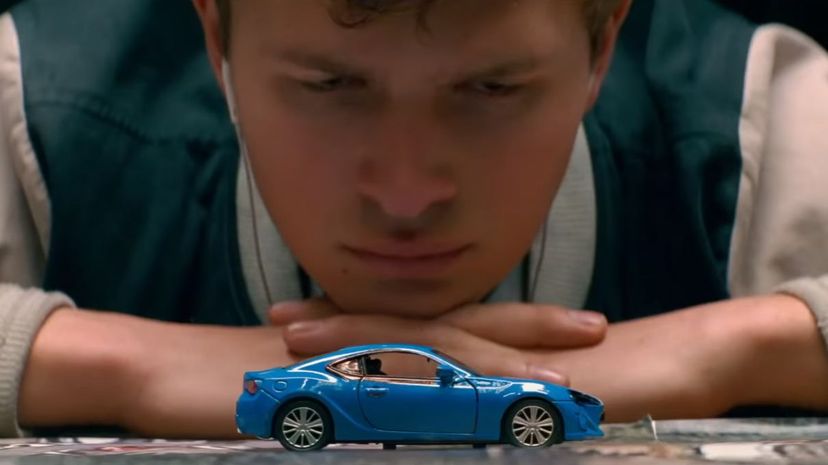
The Subaru WRX played a key role in the 2017 film "Baby Driver," which starred Ansel Elgort as a driver with nearly supernatural skill behind the wheel. Actually, WRX vehicles were used in the movie, with four being stunt cars and one used for filming inside the vehicle.
Advertisement

Other companies are forever making their vehicles sleeker and more visually dynamic. Subaru, however, has not followed this trend for one reason: they wish to maintain maximum visibility for the driver. This design choice gave the Subaru Outback, Forester and Legacy a top rating from Consumer Reports because of the increased view drivers had of the road around them.
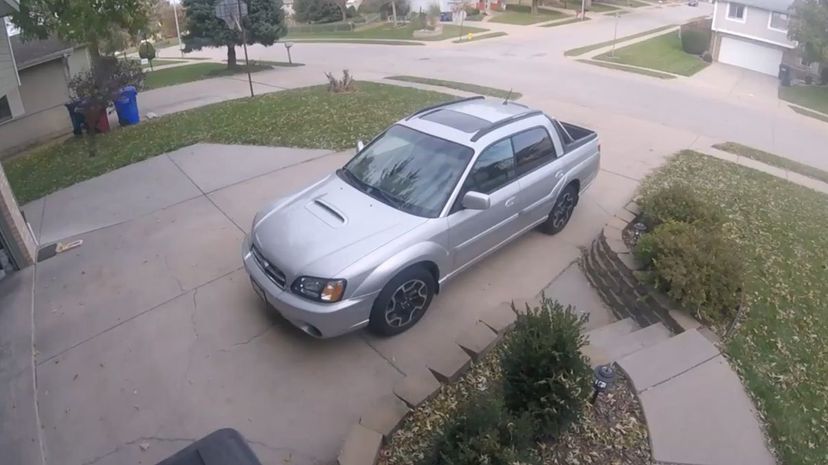
The Subaru Baja is actually a cross between a compact utility vehicle and a pickup truck. The Baja was built from 2003 to 2006, in Lafayette, Indiana. The Baja was a favorite of critics, but the Indiana line was retasked with producing Toyota Camrys in 2007.
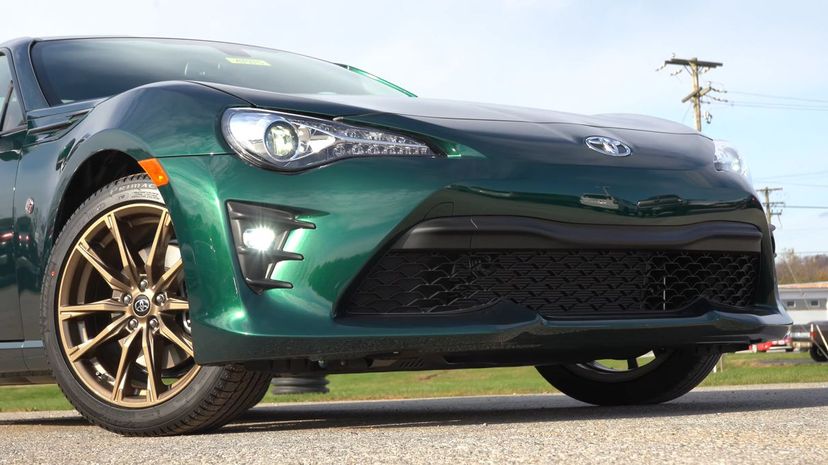
The Toyota 86 — also known as the Subaru BRZ and the Scion FR-S — is a sports car developed jointly between Toyota and Subaru. For the Subaru vehicle, the letters stand for Boxer engine, Rear-wheel drive and Zenith. The car was first released in 2012 and, with the exception of the Scion model, is still being made today.
Advertisement

The company that would later become Subaru was founded in 1915 as the Aircraft Research Laboratory and later became the Nakajima Aircraft Company. This company built aircraft for the Japanese Empire in World War II. After the war, the company was reorganized several times, eventually becoming Fuji Heavy Industries (FHI), then Subaru.
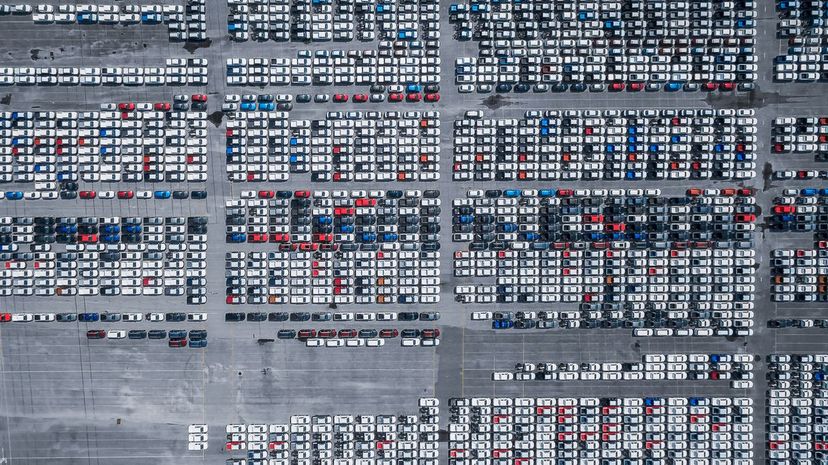
Isuzu Motors and Subaru joined forces in 1966 to maximize opportunities in manufacturing and marketing, but this partnership only lasted for two years. Isuzu went on to partner with Mitsubishi and Nissan. The automakers would work together again, however; they opened a joint factory in Lafayette, Indiana, in 1989, but Isuzu sold their stake in the plant back to Subaru in 2001.

The XV Crosstrek, introduced in 2013, started offering a hybrid version the following year, which lasted until the 2016 model year. The Crosstrek Hybrid was reintroduced in 2019, based on the Toyota Prius Prime's Hybrid system.
Advertisement

The 1990s weren't a great time for Subaru sales, so the company decided to see what niche groups were buying their vehicles and focus marketing efforts there. They found that more than half of their sales were made to teachers, health-care professionals, IT professionals, outdoor enthusiasts and, to their surprise, lesbians. The resulting ad campaigns are often credited with helping to put LGBT culture into the mainstream.
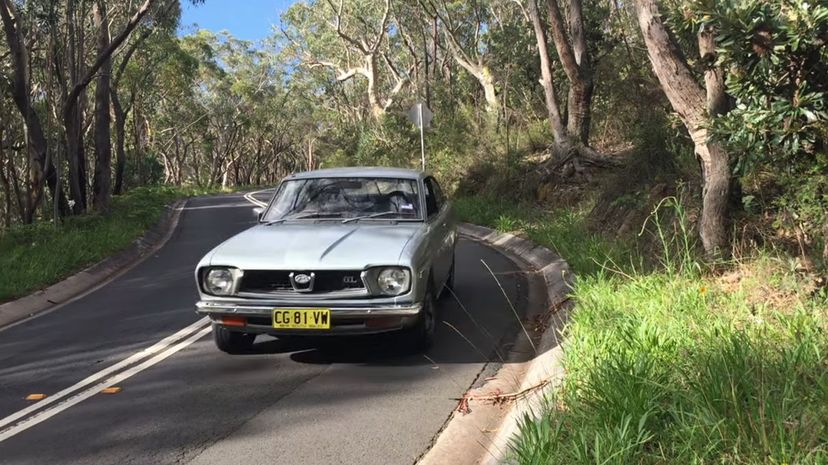
The Subaru Leone station wagon was the first mass-produced vehicle to offer all-wheel drive (in which torque is delivered to all the vehicle's wheels at the same time) when it hit the market in 1972. Before this, the technology had been limited to off-road vehicles.
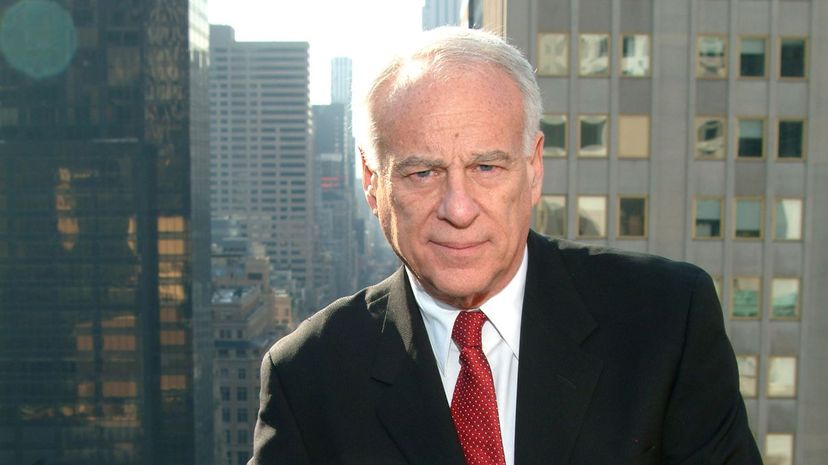
Malcolm Bricklin was a key figure in introducing the Subaru brand to the United States. The American businessman and entrepreneur is known for both starting businesses and importing cars. In 1968, he partnered with Subaru to bring the Subaru 360 to American showrooms.
Advertisement
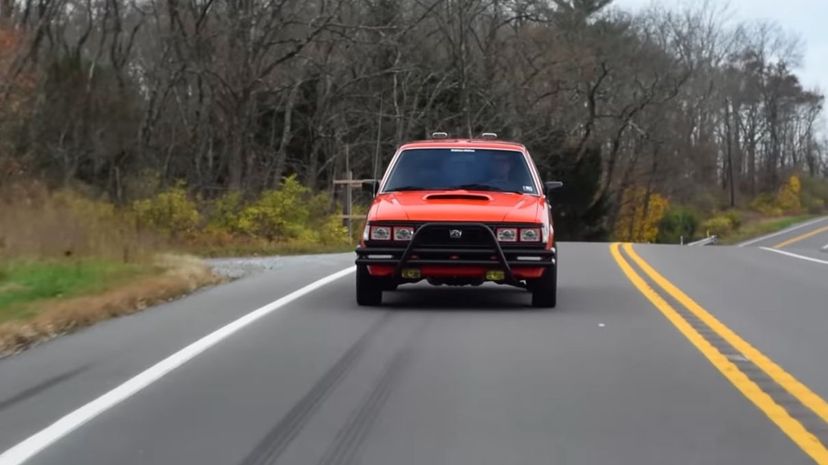
The Subaru BRAT — Bi-drive Recreational All-terrain Transporter — was developed in 1977 to compete in the small pickup truck market with vehicles from the U.S., along with models from Nissan, Mazda and Toyota. The BRAT was built and exported to the U.S. until 1987, but was offered in other global markets until 1994. The BRAT was never sold in Japan.

The Subaru FA engine is a four-cylinder engine set up in the boxer (or flat) design, where the cylinders are horizontal on either side of the crankshaft. The FA was developed in 2012 as a derivative of the similarly designed FB engine, and it is available with a turbocharger in some models.